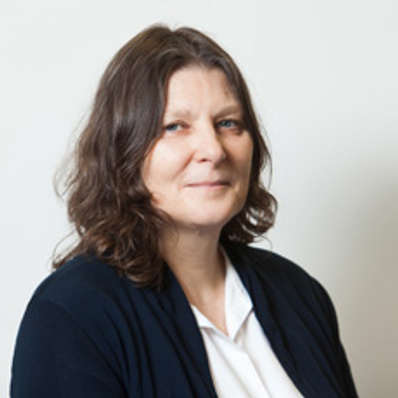Grace Burke
RMS Vice President, Idaho National Laboratory, USA
Grace, Professor Emeritus at the University of Manchester, is INL Laboratory Fellow at the Idaho National Laboratory, where she is scientific lead for reactor structural materials, having previously been Corporate Fellow at Oak Ridge National Laboratory. From 2011 through 2021, Grace was the Director of the Materials Performance Centre and Professor of Materials Performance in the School of Materials at the University of Manchester. She was also Director of the Electron Microscopy Centre from 2012 through 2016. Grace is a physical metallurgist for whom microstructural characterisation has always represented an integral and fundamental component of research into materials performance. She obtained her BS in Metallurgical Engineering from the University of Pittsburgh, and her PhD in Metallurgy from Imperial College of Science and Technology where her SCC research work included analytical, high voltage and in situ electron microscopy. Grace then joined the US Steel Research Laboratory where she conducted research on ferrous alloys including the use of atom probe field-ion microscopy as a complementary technique to AEM in the investigation of commercially important materials.
Subsequently, Grace joined the Westinghouse Science & Technology Centre where she applied of combinations of AEM and APFIM techniques to a broader range of nuclear and power generation materials. In 1994 she moved to the Bettis Atomic Power Laboratory in order to focus her research on the environment-sensitive behaviour of engineering alloys in nuclear reactors, and, in 2009, was the first woman to be promoted to the highest scientific position, Consultant.
At Manchester and her subsequent positions, Grace has continued her to employ her established portfolio of advanced techniques to address a range of materials issues to investigate precursor reactions of material degradation liquids and gases, and irradiation-induced behaviour. Grace was the 2005 President of the Microscopy Society of America and has been a Fellow of RMS since 1988. She is also a Fellow of ASM International, the Microscopy Society of America, the Microanalysis Society, IOM3 (UK), and TMS (USA).













